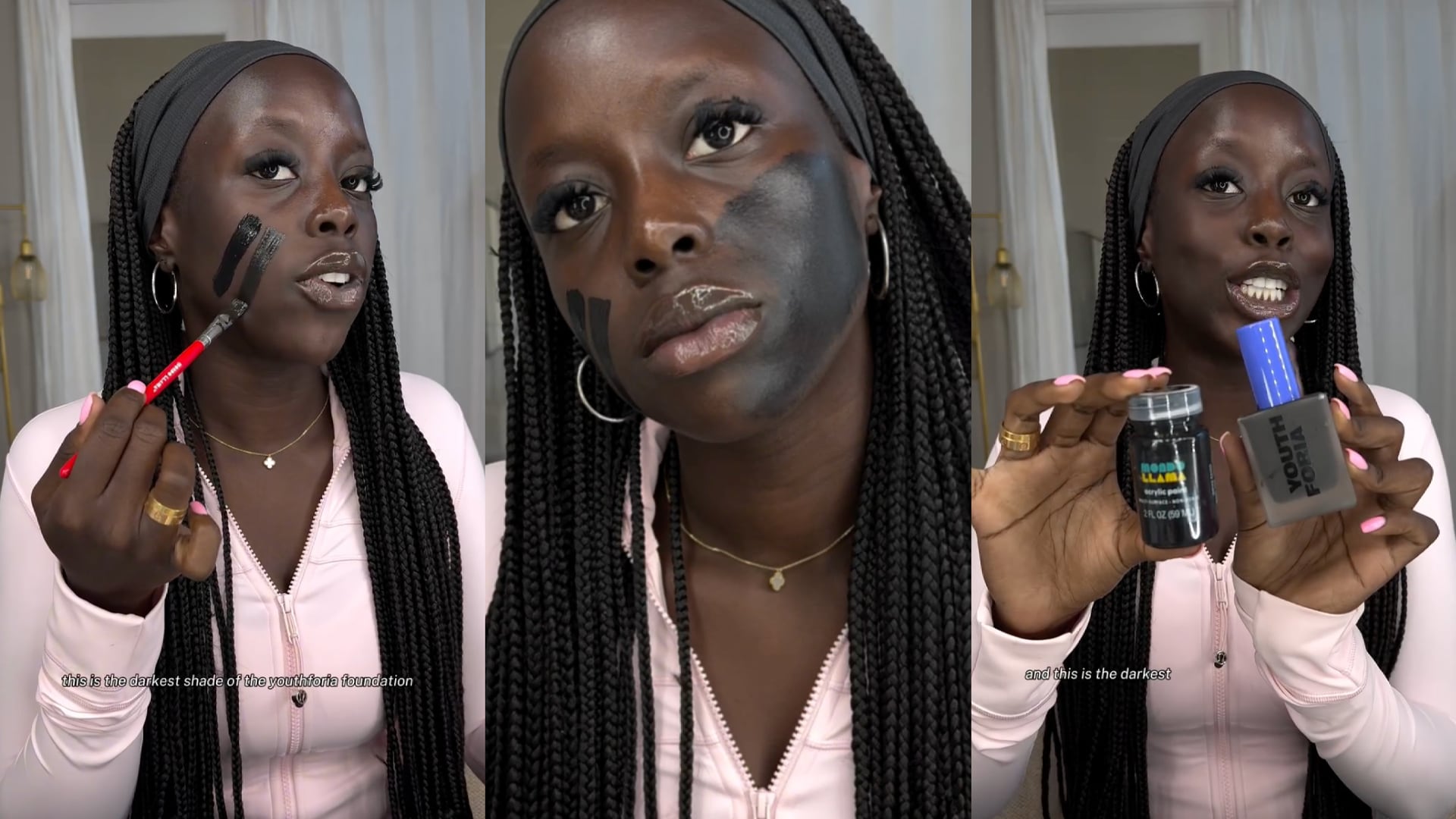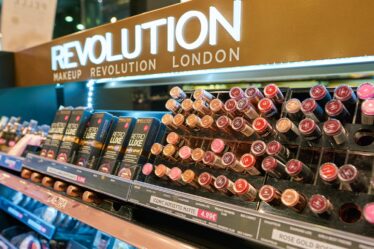
The author has shared a Podcast.You will need to accept and consent to the use of cookies and similar technologies by our third-party partners (including: YouTube, Instagram or Twitter), in order to view embedded content in this article and others you may visit in future.
Subscribe to the BoF Podcast here.
Background
The beauty industry thrives on virality, but in the age of social media, that can be a double-edged sword. One viral TikTok video can catapult a brand to success — or bring it to its knees. From Youthforia’s foundation shade controversy to Huda Beauty’s mislabeling error, brands are discovering that managing customer expectations and addressing backlash swiftly is critical to their survival.
“It happens pretty fast when it does happen. … Sometimes it’s an unknown creator who can make [a product] go viral for all the wrong reasons,” says beauty correspondent Daniela Morisini. “You have to be willing to listen when they tell you that you got it wrong.”
Key Insights
- Building a strong brand community involves more than just creating a product; it means engaging with your customers and allowing them to have a meaningful role in your brand’s development. “If you’re going to create a community to help your brand grow, you need to understand that those customers want a seat at the table,” says Morosini. Listening to customer feedback, especially when things go wrong, is crucial.
- Being proactive in addressing customer complaints is crucial. As demonstrated by Huda Beauty’s mislabeling issue, taking responsibility early on and offering solutions can stop a backlash from spiralling. Morosini notes, “She took full accountability and offered to make everybody whole if they’d bought the wrong shade.”
- Hair care products, especially those tied to hair loss, tend to evoke emotional responses and intense scrutiny. The stakes are high as hair loss is a sensitive, deeply personal issue. As Morosini points out, “There are so many factors that can cause hair loss… people don’t want to roll the dice if there’s even a 1% chance a product could be the cause.”
- Complexion product mishaps can be particularly damaging for beauty brands, as they quickly highlight inclusivity gaps. “It’s just so obvious when a brand has missed the mark with complexion,” says Morosini. “Oftentimes the scandals that seem to cause a lot of blowback, they come back to that exclusionary point,” she adds. “Nobody likes to feel left out.”



